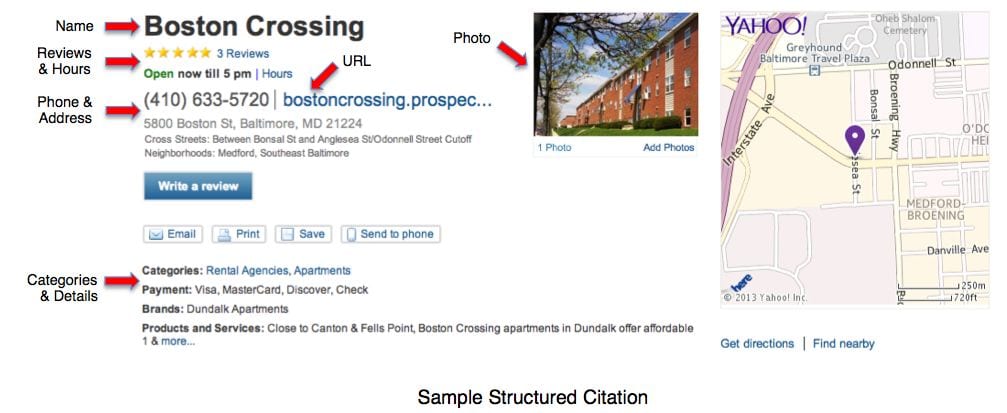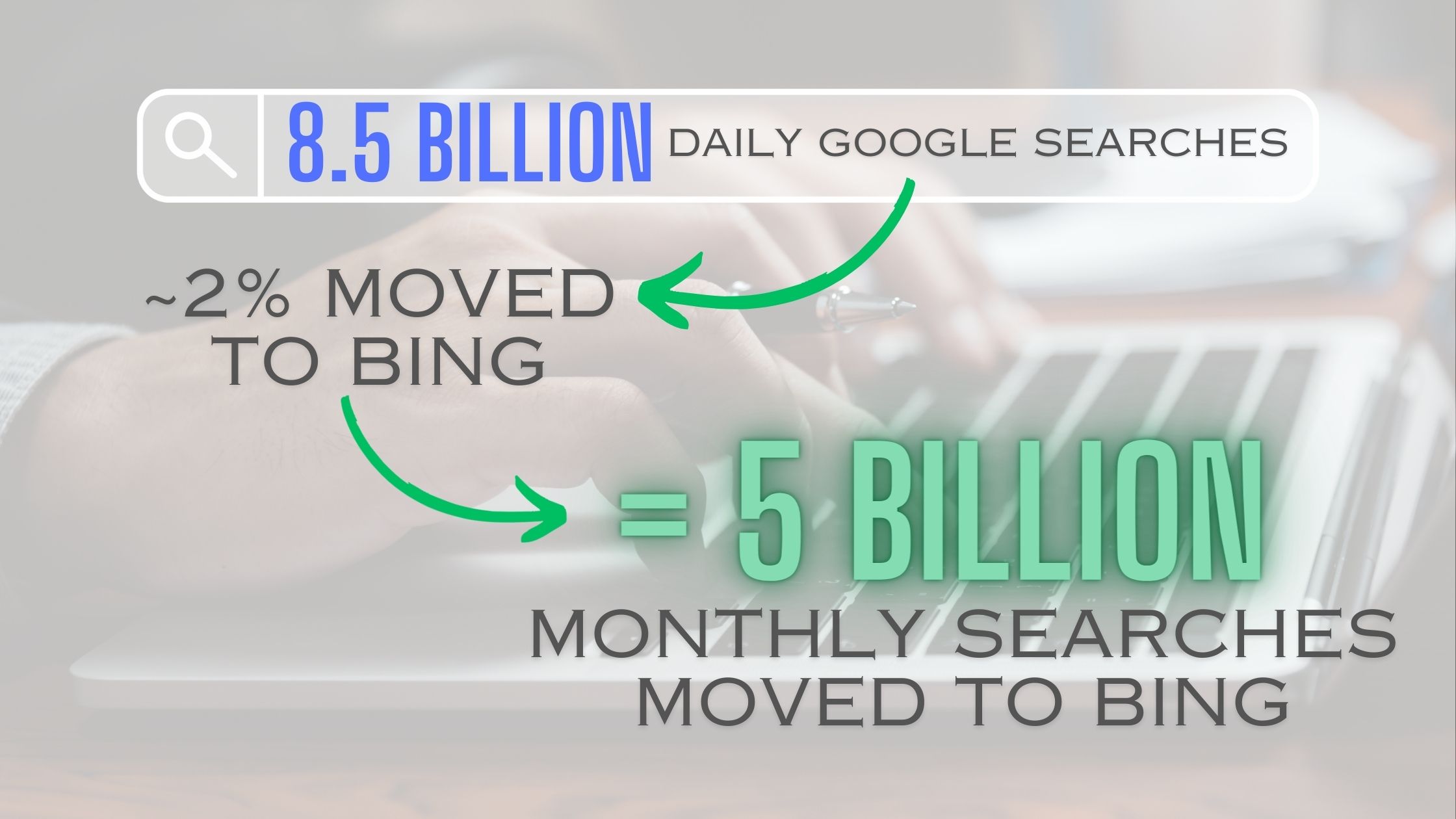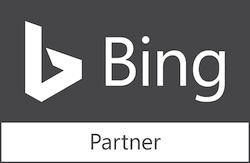Overview
There are several factors that influence local SERP including the proximity of a business to the “centroid” (Google’s center pin location for a specific town or city), on-page optimization, and off-page factors such as citations, reviews, social efforts and behavioral cues such as click-through rates. Of these off-page factors, the current general consensus among local search experts is that structured citations, reviews and social efforts are growing in importance to local SERPs.
The following is a summary of our process here at periscopeUP, including tracking sheets and the steps we to take to rank a website for pin map results (local SERPs), after website optimization is completed.
First, though, let’s start with what we consider influencers of local search results.
Structured Citations
A structured citation refers to a business listing with a company’s NAP (name, address, phone), such as with Yelp.com or your local Chamber of Commerce (here’s our list).

A well optimized citation such as that shown below will also include the company’s URL, hours of operation, description, additional details like categories and perhaps even photos and authentic reviews. NAP information on your citations should exactly match that of the website.
There are a few options to pay for for structured citation building, including UBL.org, Yext, BrightLocal and Infogroup. Packages range in price from $100 to $400 per listing.
These services can sometimes be useful in establishing a large quantity of citations quickly. The downsides, though, are:
- You may still have to spend a fair amount of time coordinating a phone verification (especially time consuming if you are doing this for a client with multiple locations).
- Any incomplete/incorrect listing created by the citation building service will need to be verified and corrected. You still should check them, as they make mistakes.
- These services do not remove duplicate listings, so you will still have to search for those and do that manually.
- Some of these services such as Yext actually remove listings that are not renewed the following year.
- Listings can take months to appear.
From a cost perspective, we believe it is more economical to generate these citations manually. For example, UBL.org’s premium package generates results which are fairly limited, equivalent only to those obtained in steps 2 and 3 (below) and represent about 4-6 hours of citation building time.
Generally speaking these services have low quality customer service when coordinating with your clients to validate accounts; they won’t tell you when listings will appear; they don’t consistently provide access to the accounts they create; and they often get the details wrong, which creates re-work.
Instead, we recommend a more detailed and thorough manual process which is outlined below.
Google+ Listing
A company’s Google+ business listing (which has replaced Google Maps) is undeniably the most important of all the citations. This listing can be claimed or set-up through Google Places for Business. Important tips for setting up the Google business listing are:
- Select the most accurate category and
- Make sure mail can be accepted at the listing address as Google will verify the listing by sending a postcard with a verification code.
- Include a strong company description with keywords that describe the products and services.
- Check for reviews (see below)
Once your Google+ business listing is complete, be sure to link it your website (on the Google+ about page). We have noticed that once we have obtained a verified Google+ listing for a client, their listings on other sites get accepted or approved a little more quickly.
Other Things To Consider With Citations
- Documentation: Record all citations and log-in credentials. Here’s a tracking sheet you can use.
- Claim and Fix: Before submitting a listing, check carefully to see if a listing already exists. It is usually better to claim and fix an existing citation, than to submit a duplicate listing. If a particular directory searches by phone number, then also do a search using the any alternate or old and fax numbers.
- Accuracy and Consistency: Adhere to the exact business listing (NAP) information found on the website whenever possible. In some cases, a directory will revert the listing to its own style format (e.g. using St. instead of Street) – in those cases try to correct the listing to be exact with the website but if unsuccessful then let it stand. Why? It is important to be consistent across all citations, so as not to confuse Google, which may interpret inconsistent citations as being less “trustworthy,” which in turn can negatively impact rankings. Note that some sites share data, so even one inconsistent citation runs the risk of being duplicated and then multiplied.
- Duplicates: Try to get duplicate listings deleted whenever possible. In some cases, you may be able to claim the listing and then delete it (or at least correct it). You may also try emailing or calling customer service.
- Review Times: Listings for some of the smaller directories will publish immediately, others may take 2-5 days, and others (such as Yahoo) may take several months.
- Premium (Paid) Service: Most free directories offer a “premium” paid service. We have found that signing up for this service does not impact whether the listing is accepted, but can help your listing get published faster. The SEO impact will most likely not be better with the paid service, but it could generate decent traffic. Be sure to check your analytics!
- Owner Verification: Some listings such as Infogroup’s Express Update, Acxiom, YP and CitySearch’s CityGrid require owner verification by phone. We usually find easiest to verify them at the same time with one scheduled call, especially if it’s with a client.
- Optimize: Go back through published listings to verify accuracy and add additional information (e.g. upload logo or photo for the profile picture, add social networking links if appropriate, you may even be able to create a custom field “specialties” and include keywords). This is also a good time to check again for and try to remove duplicates.
- Relevance: Although a link from a citation source is usually a “no follow” link, it validates the business and it brings in traffic. That, in turn, builds relevance which may impact SERPs.
- Recency: A component of Google’s algorithm may be based on how recently the listing was added or amended, so it can be helpful to periodically go back to check on and “update” (even if it is a small change) any existing citations.
Data Aggregators / Data Providers
Just like their name implies, data aggregators (or “data providers”) provide data to various directories. While valuable, be careful because any inconsistency will be duplicated and multiplied, so it’s important to ensure you have a correct, complete listing and to check for duplicates. Local search experts such as David Mihm recommend submitting to Infogroup’s ExpressUpdate, Factual, dmoz, Acxiom and nSphere.
Reviews
BrightLocal believes that the quality (or trustworthiness) of the reviewer will continue to become more important than simply the quantity of reviews. In general, quality reviews are those that are current and contain enough detail to indicate they represent a person’s genuine and honest experience or opinion.
In addition to being important for ranking, some recent data has shown a positive correlation between review count and referral rate and also between review count and customer satisfaction score.
At periscopeUP, we advise clients to only secure authentic reviews, and we aim for a slow and steady pace across a range of sites (not just Google+ although those reviews are definitely the most important). The easiest way to do this is to let your happiest customers know how much you appreciate reviews and then provide them (through an email, flyer or a page on your website) with a means to access a few review sites. See the sidebar for ideas.
It is important to avoid asking for positive reviews, as this may violate the terms of many review sites. (In fact, Yelp’s policy is that you don’t ask for any reviews). Instead, we recommend you let happy customers know that you take reviews seriously and find them useful to improving your product or service.
Social Media
While we have no hard evidence of this, social media promotion may also impact local SERPs. The more your pages and offers are shared, the more signals Google picks up. Sharing on Google+ has proven particularly helpful for several of our client campaigns.
Inbound Links
The number of high quality, authoritative links pointing to a website still influences SERPs. The key is that the quality of these inbound links is more important than the quantity. Google is looking for links that truly endorse another site.
Here is a review handout generator that Phil Rozek of LocalVisibilitySystem.com uses, with links to a few review sites.
BrightLocal offers a button that lets users click to your review sites.
TripAdvisor offers Review Express, a tool to solicit reviews for travel & leisure companies.
GreatNonprofits is a developer of tools that nonprofits can use to attract reviews.
OpenTable provides restaurants with a means to secure customer satisfaction ratings.
Goodreads offers an Author Program that published authors can use to promote books and secure reviews.
Several other customer feedback apps and plugins are readily available and worth exploring.
Here’s an example of a website that makes it easy for users to get to the company’s review pages.
Know of others? Let us know in the comments below.
Outreach, therefore, should be to obtain such endorsements, through content development or outreach with local influencers, bloggers, newspapers, chambers of commerce, networking groups, event / calendar sites, professional industry associations, business partners, etc.
The lowest hanging fruit for most any business is to reach out to your existing network of business contacts and ask them to share your content with their social followers, blog followers, email lists, and link to you from their website, if appropriate.
Process Summary
With the generalities and definitions out of the way, here is our step-by-step process of what we do off-page, after a site is optimized, to rank for local search.
This process works in conjunction with ongoing on-page optimization and content development. The links below will take you to our tracking sheets, which you are free to copy and use as your own.
Month 1 (approx. 4-6 hours):
- Collect & Verify Listing Information (ensure the information adheres to Google’s quality guidelines for places)
- New listings: Test information by submitting to a few “3rd tier” directories
- Listings that already have some active citations: claim/correct any existing citations before making additional submissions
- Submit to Major Search Engines & Business Citation Listings
- Submit to Data Aggregators / Providers
Month 2 (approx. 6-8 hours):
- Submit to Social Citation Sources
- Submit to 5-10 Industry-Specific Citation Sources
- Submit to 10-20 “3rd Tier” and Regional Citation Sources
- Check and optimize citations obtained in Month 1 (steps 1-3)
Month 3 (approx. 6-8 hours):
- Obtain reviews
- Work on obtaining unstructured citations (guest blog posts, forum/blog comments, etc.)
- Submit to 10-20 “3rd Tier” and Regional Citation Sources
- Check and optimize citations obtained in Months 1 and 2 (steps 1-3 and 4-6)
Month 4-6 (approx. 6-8 hours/month):
- Continue to obtain reviews (ongoing)
- Continue to work on building quality inbound links
- Submit to 10-20 “3rd Tier” and Regional Citation Sources
- Check and optimize citations obtained in steps Months 1-3 (1-3, 4-6 and 10)
Conclusion
We’ve covered a lot here, and as you noticed from our Process Summary this is not an overnight fix for rankings. You’ll have to closely monitor the results and tweak the process/strategy as necessary, but, it’s been our experience that following these steps leads to improved in rankings in three to six months.
What Have We Missed?
If you know of other good off-page tips to rank for local search we’d love to hear from you in the comments box below.
References / Further Reading
- Anderson, M. (2013, November 21) BrightLocal Webinar “Local Ranking Factors Debate – Panel Discussion”.
- Ball, J. (2013, October 25), Link Building 101: Local Link Building.
- Blumenthal, M. (2012, March 1), Yext and Local SEO.
- DiSilvestro, A. (2013, September 6), Google Places for Business vs. Google+ Local.
- Ellis, M. (2013, November 13) Top 20 Local Search Ranking Factors: An Illustrated Guide.
- Hunt, M. and Ballantyne, T. (2013, December 5) BrightLocal Webinar “Optimization for Service Area Businesses”.
- Ives, T. (2011, July 31), SEO for Local Search: The Complete Guide.
- Ives, T. (2011, August 8), SEO for Local Search: Advanced Tricks.
- Mihm, D. (2012), The Need To Know of Local SEO [PDF presentation for http://getlisted.org].
- Ponkia, H. (2013, July 23), Post Penguin 2.0 Local SEO Strategies for Small Business.
- Rozek, P. (2013, August 19), Local Citation Building Best Practices.
- Rozek. P. (retrieved October 2013) The Definitive List of Local Search Citations.
- Shotland, A. (2013, February 18), 20+ Signals That Make Your Business Easier To Find In Local Search Engines.
- Zhekov, N. (2013, July 25), Comparison Between Manual Citation Building and Yext.
- Zhekov, N. (2013, August 12), What Happens When One Cancels Yext?.
- (2007, May 16), Guide On How To Get Your Business Listed On Major Local Search Engines, Yellow Pages Sites and Social Local Networks.







